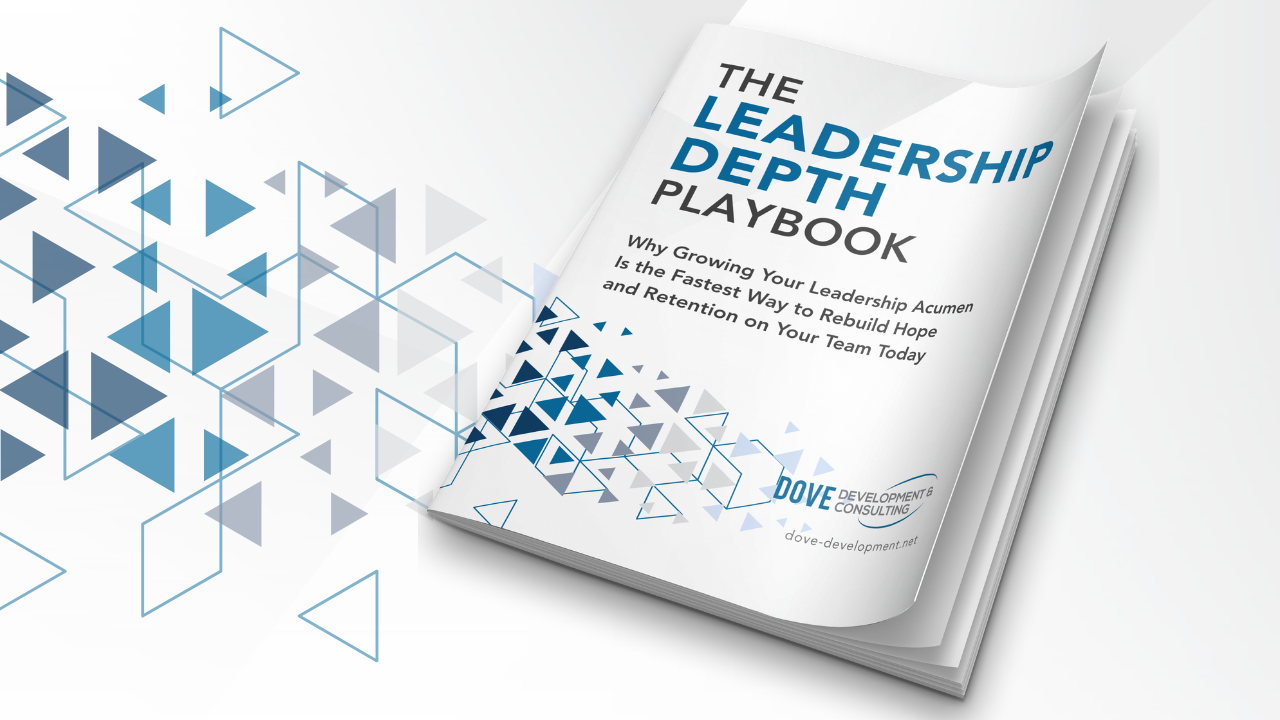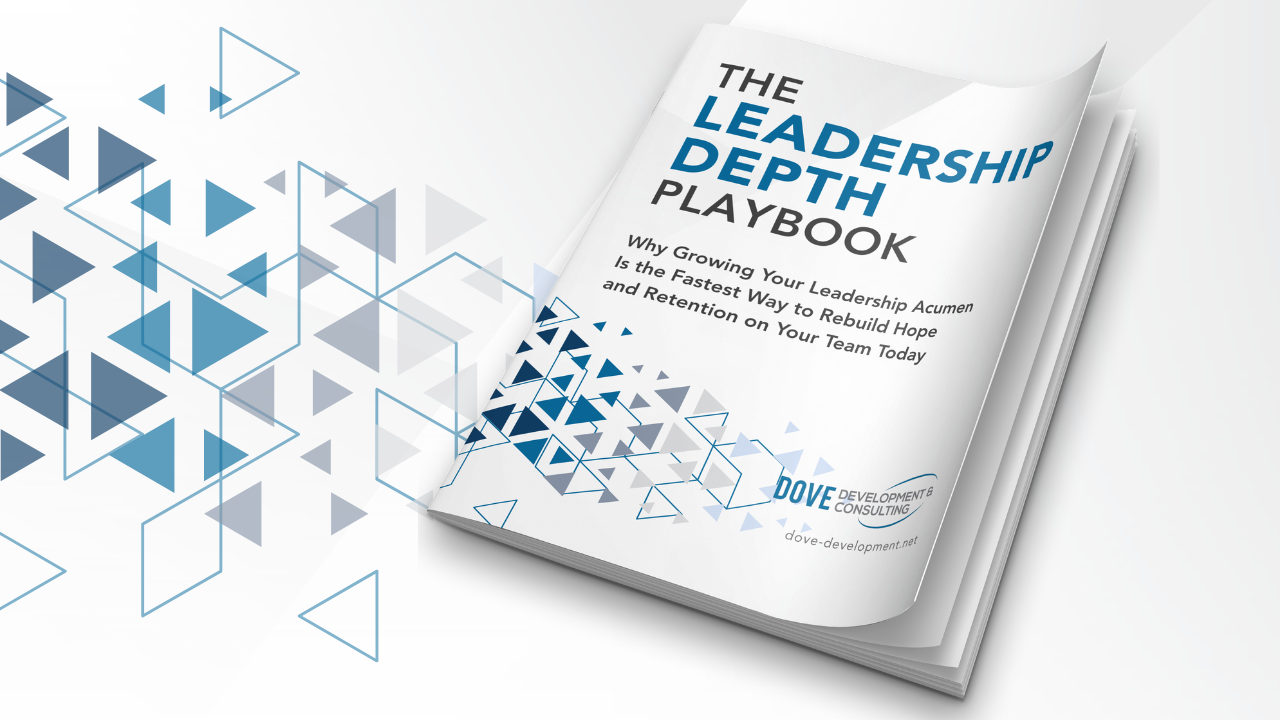Very Tangible, But It Takes Work!
May 25, 2023
While I’ve never named the individual who made the “fuzzy initiative” comment on my LinkedIn article, I’ve referenced it enough that I actually think he deleted it! Oh well… My intent was never to call him out directly - or I would have used his name every time I’ve referenced the comment - but to call attention to something far too many executives believe without actually saying out loud! If I’m being completely honest though, I’d probably feel the same way if I hadn’t been held extremely accountable to produce results throughout my career that made a clear impact on the bottom line. The vast majority of consultants and trainers I dealt with during my corporate career would run through their canned talk, show a few flashy slides, then hop back into their rental car without even acting like they gave a shit if anyone ever did anything different. With that being almost the norm, I do my best to be patient with the comments about fuzzy initiatives and touchy-feely concepts - but I also answer it with statistics and results! So let’s get down to business and look at some hard numbers that make a strong case showing that employee engagement is not just some fuzzy initiative so we can add the profit it’s killing back to our bottom lines.
Let’s consider each of the three areas the HBR article suggested would improve significantly with increased employee engagement; the “57% improvement in discretionary effort,” the “20% individual performance improvement,” and the “87% reduction in the desire to pull up stakes.” And let’s run the numbers based on averages for a 100 person company, just sticking with some of the most conservative figures, then you can do the math for how that likely relates to your own organization - whether you’ve ever captured any of these previously or not.
What if that “87% reduction in the desire to pull up stakes” ONLY yielded a 50% reduction in voluntary turnover? If you think back to what I shared when looked that the significance high turnover has as a profitability killer, you may remember me referencing a (now dated) Gallup study siting some BLS data and suggesting that just average turnover “could cost a 100-person firm between $438,000 and $4 million a year to replace employees.” So what if improving engagement could add $200k in profit back to the bottom line (or whatever the number would be when adjusted for the size of your company)? Even with that being such a conservative figure, I’m guessing some of the fuzziness just left the equation…
I won’t bother tying a number to the “57% improvement in discretionary effort” but I will ask you to think about how much harder you’ve been willing to work for the best leader you’ve ever reported to. With that in mind, I am going to connect that directly to the “20% individual performance improvement” - but not for the entire workforce. Since most companies have 20-30% of their team members who are already actively engaged, I don’t think it’s fair to expect more from them. And we won’t factor in the 20 or so that are actively disengaged either because I’d go so far as to say they should be in the process of being removed from the equation - but we’ll look at that more later on when we cover how setting clear expectations and holding everyone accountable captures a ton of lost profitability. Let’s only look at how much more profitable we could be if that 50% (rather than the full 60% Forbes suggested was just along for the ride) showed just a 10% increase (rather than the full 20%) in individual performance…
For simplicity, let’s say our 100 person firm does $10 million in annual revenue and has historically operated at a 10% profit margin, realizing $1 million in profit each year. Simple enough so far, huh? I could easily make a case suggesting that our 20-30 actively engaged folks are responsible for the vast majority of this, but I won’t. Even if we spread it out across our entire team, and figure in the 10% increased productivity from 50 of our folks who weren’t actively engaged or actively disengaged before, we’re looking at $500,000 in additional volume capacity (or that much less in total cost) with the same fixed cost. If we’re producing more, there could be 10-20% going to raw material costs but that still leaves more than $300,000 in increased profitability - while being VERY conservative…
What if I’m only half right? How much have you invested in the physical changes in your organization to capture an extra $250K in profit, especially when that investment pays a dividend year after year after year? In all my years in manufacturing, there was an expectation that any capital investment would pay for itself within 18-24 months. After that, it should be adding to the overall profit margin. One of the benefits of building stronger employee engagement is that the payoff time is so much quicker and it can perpetuate itself within a culture. What must be in place though is the type of effective leadership that drives this type of engagement so that’s where we’ll pick up soon!
90-DAY GUIDE: Lead Your Team Through Any Leadership Challenge
Did You Know?
Growing your leadership acumen is the fastest way to equip your team to lead through today's leadership challenges.
We've been equipping leaders like you for decades. We know you do not need another theory. You need a clear starting point and a simple system. This guide gives you both.
Includes a 90-day action plan.
We hate SPAM. We will never sell your information, for any reason.




